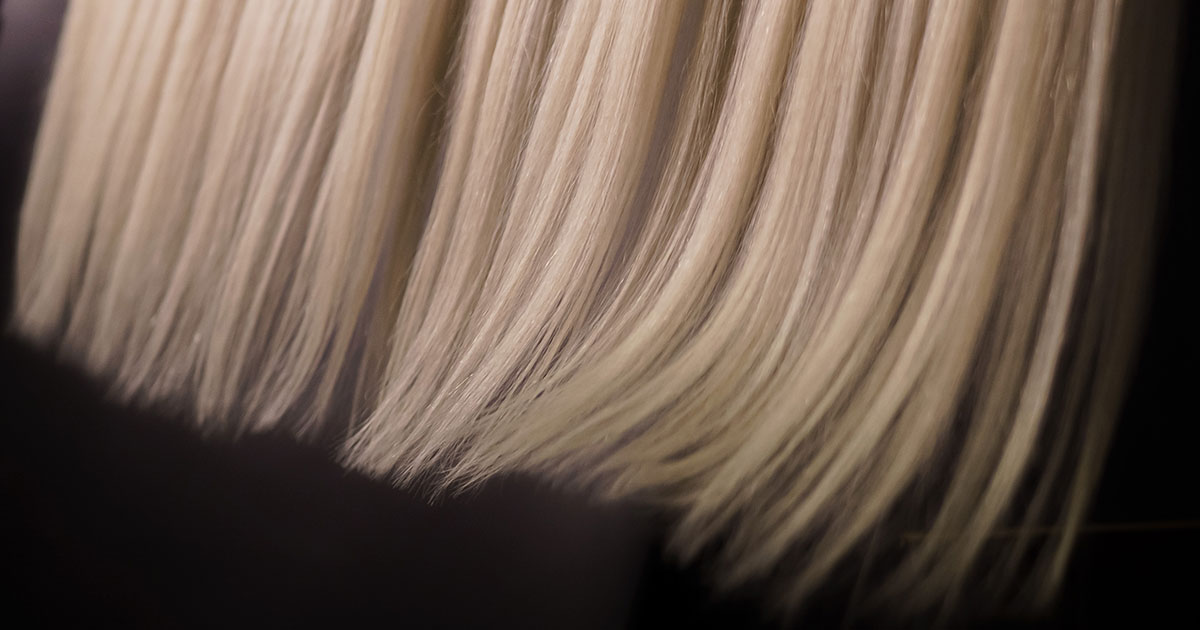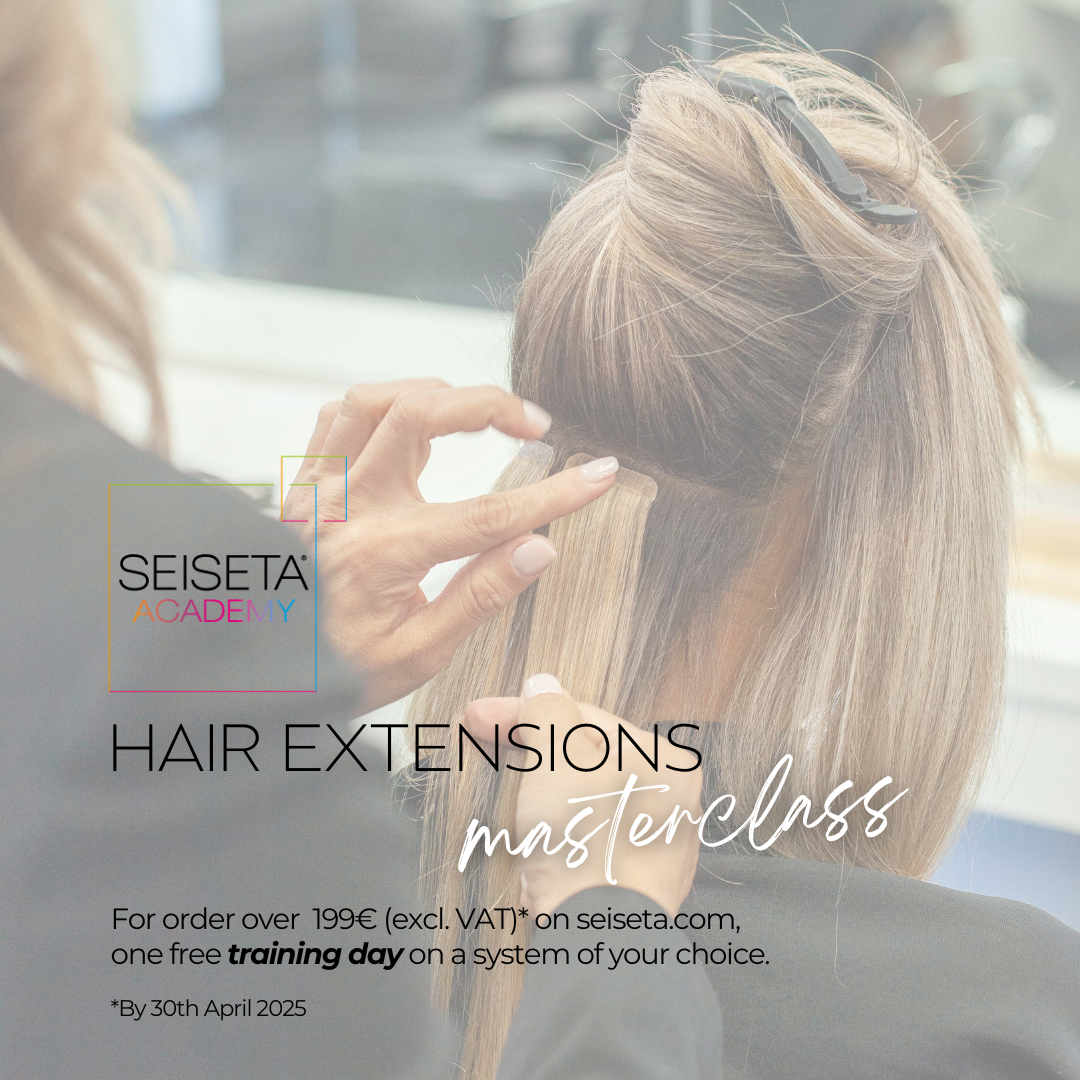
Where do hair extensions really come from?
50% of all hair for Hair Extensions on the world market today comes from India. 40% consists of hair of Asian origin and only 10% of hair from the rest of the world.
What're the qualities of hair for Hair Extensions?
There are different qualities of hair with different characteristics: the quantities available, the structure of the hair, the possibilities of treatment and use and the adaptability to the clien's natural hair.
What're the characteristics of Russian hair?
The hair that comes from Asian Russia is the rarest type in the world. It's characterized by a structure with a circular stem, is silky and very shiny. This hair is very easy to comb and maintain in everyday life.
What're the characteristics of Asian hair?
Asian hair has a very different structure than Western hair. The inner diameter of the stem is much larger, which makes it quite heavy. This type of hair is difficult to handle because it hardly takes shape and always stays straight. As a result, it doesn't blend well with Caucasian hair and doesn't give volume to the hair, which makes it unsuitable for making hair extensions.
What're the characteristics of Indian hair?
Indian hair is available on the market in large quantities and its quality is excellent. The hair structure is very strong and allows any kind of treatment. It perfectly adapts to the natural client's hair and gives it a lot of volume.
What is Remy Human Hair?
The quality of REMY is characterized by the fact that the cuticle faces in the same direction, just like your own hair. This allows you to always maintain the natural strength of the hair, which can be treated to create different colors and effects, and for a perfect hair extension that gives volume and mass to the hair. REMY quality also provides an extremely pleasant feeling to the touch and more softness when brushing.
What're the properties of the hair from NON REMY?
The quality NON REMY is typical of hair collected in large quantities and whose inner cuticle is naturally misaligned. Among women in countries of the so-called "Third World", it's common to keep the hair that remains in the brushes after combing, in order to resell it. The roots and tips of these hairs are mixed together, which leads to an irreparable change in the natural orientation of the cuticle and thus to tangles and knots in the hair. To deal with this problem, the hair is treated with very aggressive acids that attack the cuticle, severely weakening the hair and making it look dull, dry, frizzy, full of split ends and ugly. To conceal this damage and improve the appearance of the hair, it's covered with products containing silicones, which fill the parts of the cuticle not attacked by the acids. However, the silicones disappear after 3-4 hair washes with shampoo and the hair becomes as dry as it was in the beginning, completely matted and knotted. For these reasons, the quality of NON REMY can't be used for the manufacture of hair extensions.
How do you choose hair extensions for your client?
Consultation is a very important moment that shouldn't be underestimated. It's useful to coordinate with the client so that it's clear what she wants to achieve with the application of hair extensions: a total lengthening, a thickening, a color effect or just highlights.
A consultation must aim to gather clear and precise information so that at the end of the application, the client feels confident and excited about the work. The advantages and disadvantages of all the application methods must be explained so that you can choose the one that best suits your needs. And it's good to make sure that the client knows how to take care of her hair extensions after they're applied.

